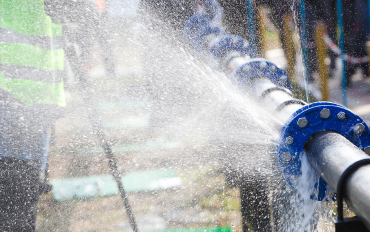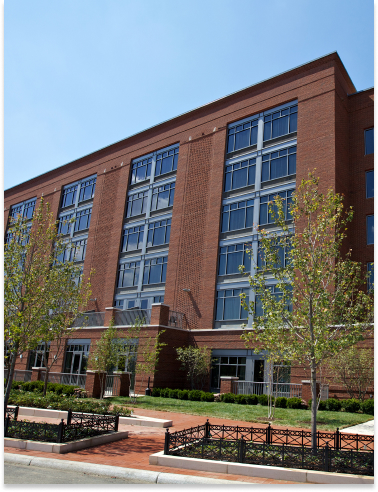Construction Water Mitigation Program
Take these steps for risk mitigation:
Organize your team and assign responsibilities
Including key personnel in planning will help you identify potential risks and help increase the effectiveness of your plan.
Assess the situation and identify improvements
Use the section below to identify potential areas to improve planning and implementation of risk controls.
Continually monitor the effectiveness of the program
Continual assessment is needed to help identify changing conditions and hazards on your construction site.
Implementing preventative measures for water damage
Expand all
A formal document identifying key personnel who have the expertise, authority and availability to execute the water mitigation program. Roles include corporate leadership, water mitigation program administrator, jobsite supervisor and jobsite employees with responsibilities for all roles clearly defined.
Pre-construction activities include:
- Participating in pre-construction meetings and providing input on design features relating to water damage prevention
- Choosing the best water / mold resistant materials
- Hiring waterproofing experts
- Evaluating jobsite topography and adjacent exposures for potential water hazards
- Implementing a system to monitor weather for the project
- Developing a severe weather plan
- Sourcing pumps and backup power equipment
- Developing a water damage response plan, including water / moisture sensors for the project on your bid
- Implementing proper risk transfer and more
Material submittals is a process that starts early in construction and allows design professionals to verify or approve materials and equipment, which is especially important for waterproofing and water-related building components. Submittals could include product cut sheets, specifications, model numbers, shop drawings, safety data sheets and more.
Severe weather planning includes creating a formalized plan, assigning critical roles and responsibilities, training employees on the plan, monitoring weather, preparing the jobsite for severe weather, securing the necessary equipment and more.
A water damage response plan is created to address water intrusion issues quickly, which can reduce down time and damage. The plan will have assigned roles, training on those roles, contain a contact list, critical equipment list and more.
A wet work permit is a management process to assist in reducing the probability of water damage on the jobsite. The permit outlines work being done, including location, and has an agreed set of control measures and approval method.
Procedures for effectively using valve tags for wet work on jobsites should be documented. The plan should include accessible valve tags on the jobsite, a process for documenting the tag and a written plan for using them.
Water monitoring systems incorporate individual water, moisture, temperature and humidity sensors; mobile technology; cloud-based computing and artificial intelligence to minimize the risk of water leakage on a jobsite.
A jobsite closing checklist provides a tool to assess water damage exposures on a jobsite prior to shutting down for a weekend or extended period of time.
Post-construction activities featured below include a formal procedure for reporting water intrusion issues and a dedicated punch list team or warranty team that has been trained to address water sensitive issues. It can also include using diagrams of water shutoffs, requiring wet work permits, rehearsing a water damage response plan, and maintaining water damage monitoring systems until construction is final and building has been turned over.
Phases for preventing water damage losses
Controlling water damage losses on the jobsite requires focus in all phases of construction. Make sure you follow these steps in pre-construction, ongoing and post-construction phases to help prevent water damage.
Pre-construction phase
On-site/ongoing phase
By now you understand that mitigating water damage is an ongoing process. Implementing the following programs will help mitigate water damage during the construction phase.
Post-construction phase
After water damage occurs
In the event of a loss, take these appropriate steps to mitigate further damage:



